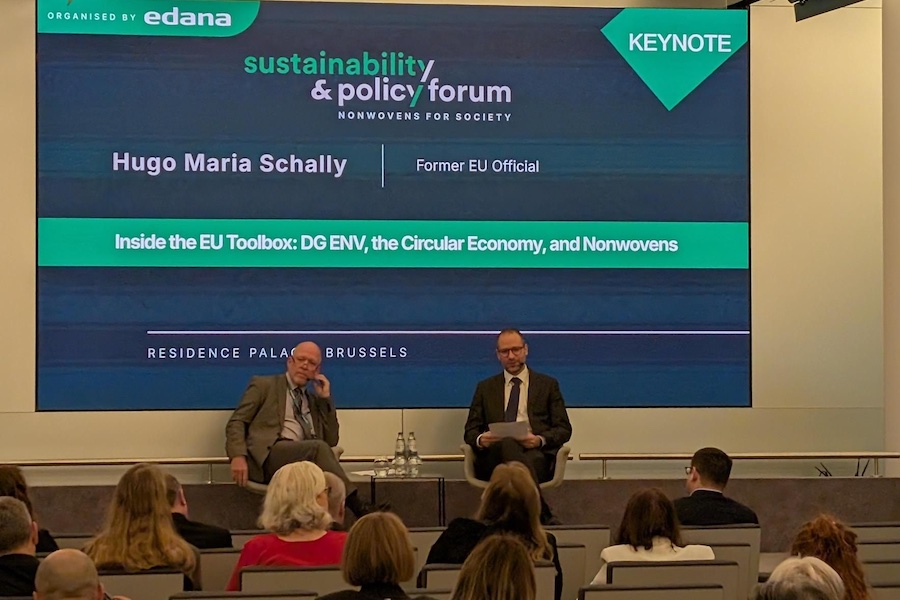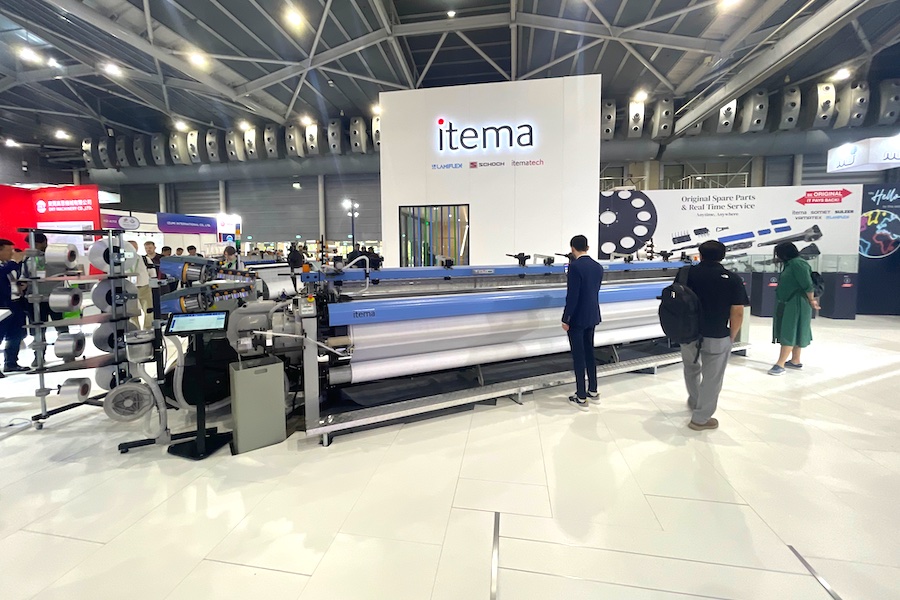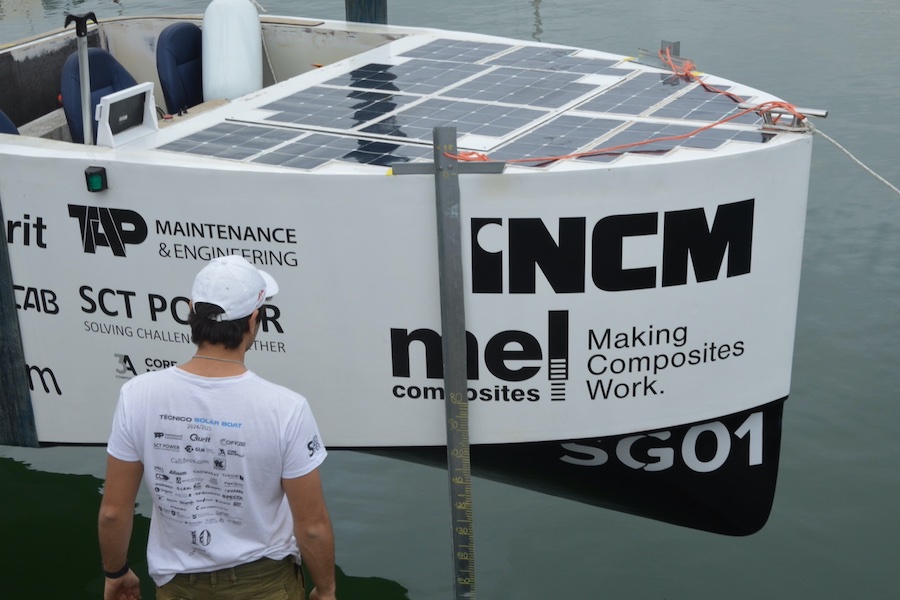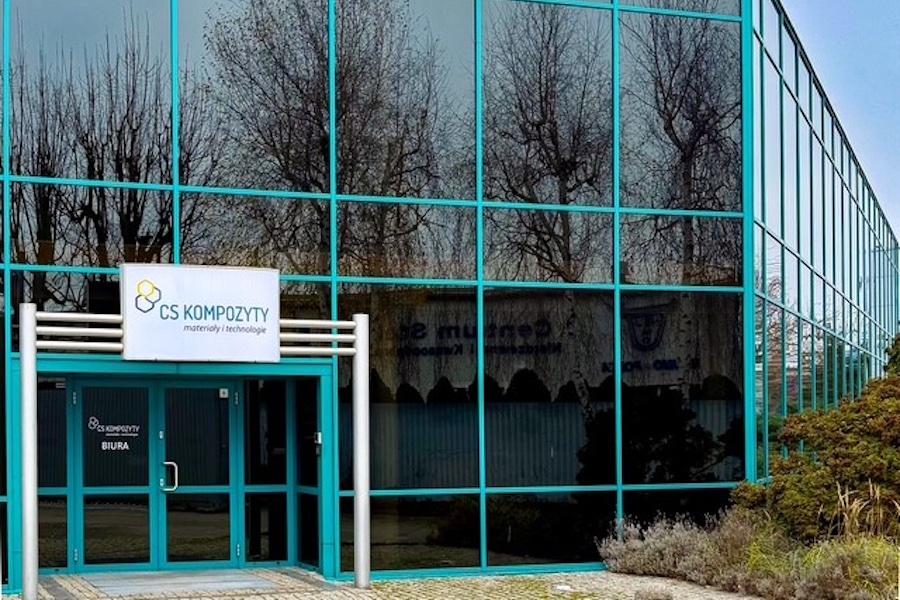#Sustainability
Gore presents a sustainability framework for its fabrics division

“De-carbonisation of our economy is absolutely essential in order to minimize climate change and its dramatic consequences. That’s why we are setting absolute, science-based carbon goals for our GORE-TEX brand and are working towards carbon neutrality by 2050.”
—Ross MacLaine, Sustainability Leader of the Gore Fabrics Division
A key strategic initiative supporting the framework is an absolute and science-based goal to reduce carbon emissions by 2030 and to become carbon neutral by 2050.
The sustainability framework is informed by global trends and the United Nations Sustainable Development Goals, and reflects:
A continued effort to maximize the societal value Gore delivers through its operations, supply chains and innovations, and
a commitment to reduce the environmental footprint that Gore’s operations and products have on our planet.
In short, the evolved strategy can be summarized as follows:

Ross MacLaine, Sustainability Team Leader of the Gore Fabrics Division explains: "With our new sustainability framework, we aim to redefine performance beyond technical product features to the benefit of both people and the planet. We will continue to focus our efforts on sustainability led innovations and our initiatives to maximize the societal value we create. Alongside this, there is a continual commitment to work to minimise the environmental impact of our operations and products. We are proud to say that our sustainability framework is aligned with the U.N. Sustainable Development Goals, meeting the needs of our business, our customers, our industry and ultimately society."
One key strategic initiative of the sustainability framework is to reduce the division’s contribution to climate change. In 2019, the Gore Fabrics Division completed a thorough evaluation of its carbon footprint to understand the size and scope of the division´s climate impact. Using 2016 as a baseline, Gore Fabrics followed a rigorous science-based methodology in line with the Greenhouse Gas Protocol Corporate Standard, to set carbon goals for its GORE-TEX brand to reduce emissions from production and sourced energy (scopes 1 and 2) as well as from product related emissions (scope 3).
“With our unique role as an ingredient brand, we have a clear responsibility to lead by example. As a founding member of OIA’s Climate Action Corps, we are pleased to help create broad, industry wide action.”
—Nora Stowell, Global Sales & Marketing Leader of the Gore Fabrics Division
The Gore Fabrics Division is setting absolute carbon reduction goals across scopes 1, 2 and 3 for its GORE-TEX brand:
- By 2030, reduce absolute carbon emissions originating in Gore’s manufacturing sites and offices (scopes 1 & 2) by 60%
- By 2030, reduce absolute product related carbon emissions of its GORE-TEX products (scope 3) by 35%
- By 2050, working towards carbon neutrality.
These ambitious goals reflect the GORE-TEX brand’s commitment to support the goals of the 2015 Paris Agreement to limit global warming to well below two degrees Celsius.
To achieve these absolute goals, that decouple economic growth from environmental impact, the GORE-TEX brand has defined 3 initial key action areas:
- Reduce energy consumption and continue to introduce renewable energy at Gore's manufacturing sites
- Optimize product design, balancing durable performance with lower footprint materials while maintaining fitness for use
- Working with suppliers to reduce their plants’ emissions, switching from fossil fuel generated energy to renewable energy while increasing efficiency
As a leading voice in the industry, the GORE-TEX brand is a long-standing member of the Outdoor Industry Association (OIA) and actively supports its Climate Action Corps which aims to drive collective action to reduce carbon emissions across the outdoor industry.
Find out more about our sustainability framework here:
http://www.gore-tex.com/carbongoals














